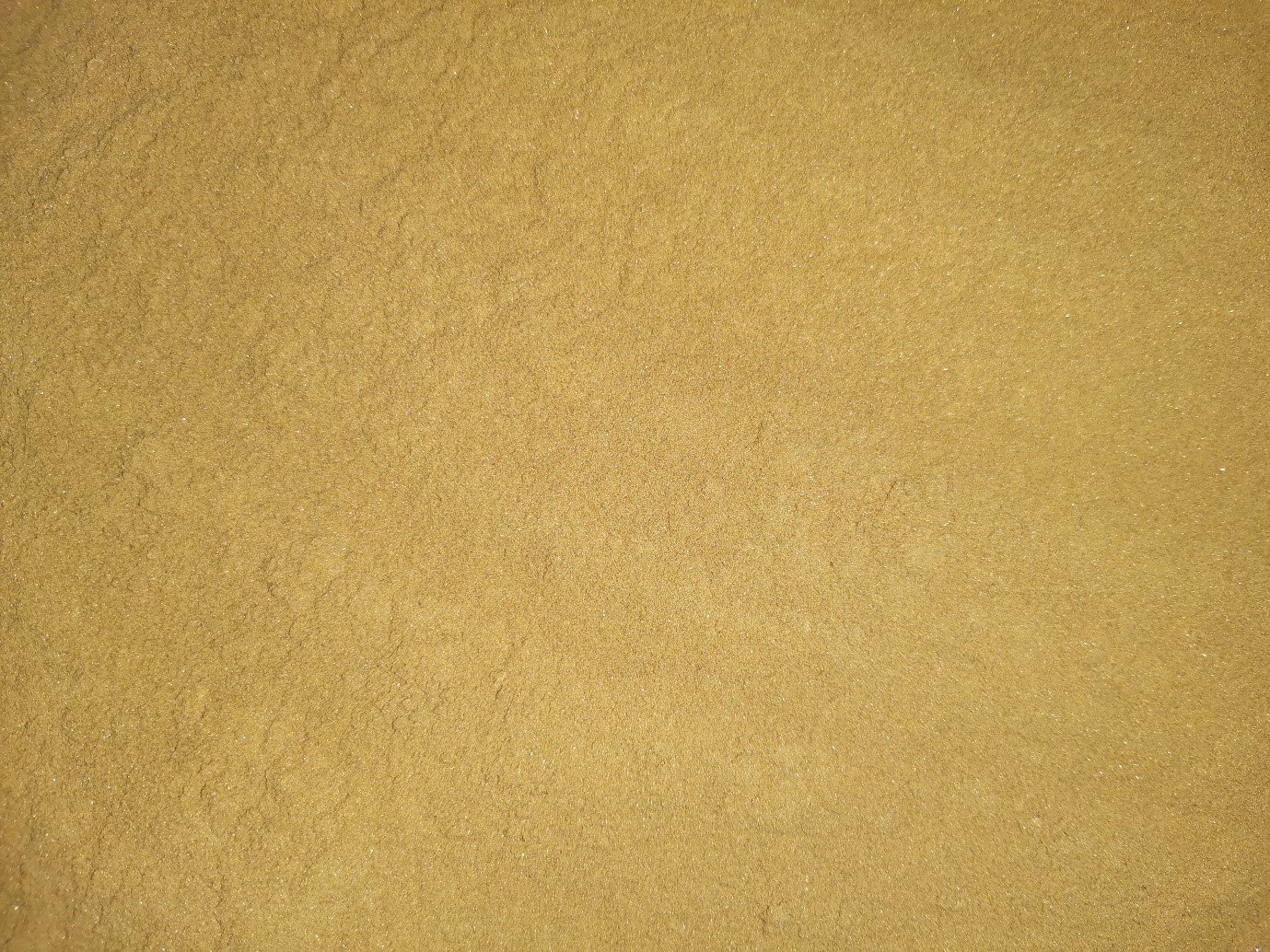
NEEM OIL

Neem Oil is manufactured by physically pressing neem seed kernels and the temperature during the extraction is not allowed to exceed 40°C. It is greenish yellow to light brown in colour and has a strong characteristic odour...
NEEM CAKE

Neem cake is the residue of neem seed kernels after oil extraction. Neem cake performs the dual function of both fertilizer and pesticide ultimately improving the yield of crops and thus has a high benefit-to-cost ratio. It is bio-degradable and eco-friendly.
• Neem cake nourishes the soil and plants by providing all the macro and micro-nutrients
• It helps to eliminate bacteria responsible for denitrifying the soil thus reducing nitrogen losses
• Its antifeedant properties help to reduce the number and growth of insects and pests
• Neem cake is a natural soil conditioner that helps improve the quality of soil, thereby enhancing the growth of plants and fruits
• It is pest repellent and functions as a pest reproduction controller. Pests do not develop resistance to it. It also works as a nematicide.
AZADIRACHTIN TECHNICAL

Azadirachtin Technical extracted from high quality neem seed kernels contains upto 20% of the bioactive compound Azadirachtin. It is a tetranortriterpenoid known for its excellent insecticidal activity and antifeedant and repellent properties. Azadirachtin is selective, non-mutagenic and effective on a broad spectrum of insects. Moreover, it has a low toxicity against beneficial organisms (bees, spiders, and butterflies) and causes less disruption to ecosystems than conventional insecticides.
Azadirachtin Technical is a manufacturing-use product used to make end-use pesticide formulations containing the active ingredient Azadirachtin upto 5%.
Purity: 10-20% w/w (Azadirachtin A+B)
Properties
Form : Free-flowing Powder
Colour : Light Brown
Odour : Garlic/Sulphur
Chemical Formula : Azadirachtin A - C35H44O16
Azadirachtin B - C33H42O14
Moisture : <1%
Composition
Azadirachtin A : 8-16%
Azadirachtin B : 2-5%
Salanin, Nimbin and other limonoids from Neem Kernels : 80-90%
Aflatoxins (B1+B2+G1+G2) : < 60 μg/kg
AZADIRACHTIN FORMULATION
ECs are the end-use pesticidal products formulated with different concentrations of the active ingredient Azadirachtin. They form emulsion with water and the emulsion can be applied to Food Crops, Vegetables, Fruits, Ornamentals, Trees, Shrubs, Lawns, and Plants in the field and in and around Agricultural Areas, Commercial Nurseries, Greenhouses, lnteriorscapes and Home. When used at the recommended level, they leave very less or no residue.
Formulations
Azadirachtin 0.03% EC (300 ppm)
Azadirachtin 0.15% EC (1500 ppm)
Azadirachtin 0.30% EC (3000 ppm)
Azadirachtin 1.00% EC (10000 ppm)
Mode of Action
Azadirachtin primarily acts as antifeedant i.e., the presence of azadirachtin on a plant surface causes an antiperistalitic wave in the alimentary canal of the insect trying to feed on it and this produces something similar to vomiting sensation. Because of this sensation the insect’s ability to swallow is blocked. It acts as an oviposition deterrent i.e., it affects egg laying and egg hatching influencing the production percentage of young one. It also acts as insect growth regulator i.e., it works on the insect’s juvenile harmone and prevents them from developing resistance to it.
KARANJIN TECHNICAL

Karanjin Technical is extracted from the seeds of Karanja (Pongamia pinnata) Tree. The active ingredient Karanjin is a Benzofuran flavonoid known for its pesticidal, insecticidal and acaricidal activities. It acts as an antifeedant and insect growth regulator. Like Azadirachtin, Karanjin also does not affect the useful microbes present in the environment. Studies have found Karanjin to have medicinal properties like antioxidant, antidiabetic, antibacterial, anti-inflammatory, gastroprotective, etc.
Purity: 40-56% w/w (Azadirachtin A+B)
Properties
Form : Powder
Colour : Pale Yellow
Chemical Formula : Karanjin - C18H12O4
Moisture : <1%
Composition
Karanjin : 40-56%
Other Flavonoids : 44-60%
KARANJIN FORMULATION
Karanjin ECs are the end-use pesticidal products formulated with different concentrations of the bioactive Karanjin. They can be used to control pests on Food Crops, Vegetables, Fruits, Ornamentals, Trees, Shrubs, Lawns, and Plants in the field and in and around Agricultural Areas, Commercial Nurseries, Greenhouses, lnteriorscapes and Home. Karanjin ECs also leave very little or no residue when used at recommended dose.
Formulations
Karanjin 1% EC (10,000 ppm)
Karanjin 2% EC (20,000 ppm)
Karanjin 3% EC (30,000 ppm)
Mode of Action
Karanjin acts on the juvenile hormone of some larva and inhibits their growth. It is very effectively toxic against the termites. It halts the effect of ecdysteroids thus, acting as an insect growth regulator (IGR) and antifeedant. Karanjin also interrupted with cytochrome P-450 in certain insects and mites, disrupting bodily function.